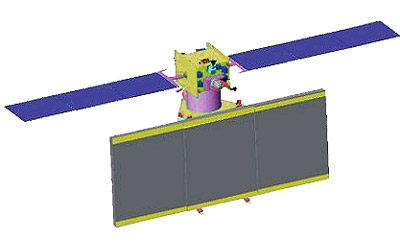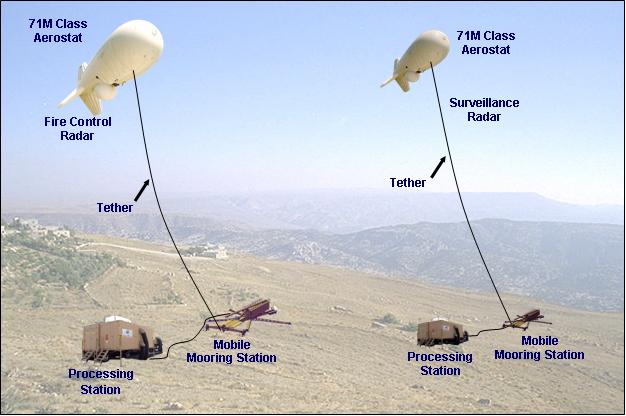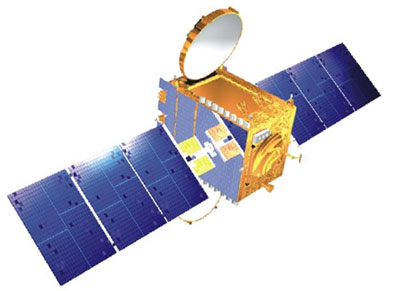IAF kick starts AFNET enabling network centric warfare
NEW DELHI: The IAF got a boost towards becoming a truly network centric air force with Defence Minister A K Antony launching Air Force Network (AFNET), a reliable and robust digital information grid that enables accurate and faster response to enemy threats.
The modern, state-of-the-art AFNET is a fully secure communication network, providing IAF critical link among its command and control centre, sensors such as the Airborne Early Warning and Control Systems and shooters like the fighter jets and missile squadrons.
With the launch of AFNET, IAF became the first among the three services to complete interlinking major installations throughout the country on a high bandwidth network.
Describing the AFNET operationalisation as a "momentous occasion", Antony said the aim of network spectrum policy of the government was two-fold -- growth of teledensity and modernisation of the defence forces' communication systems.
He said the network centric operations' key capabilities were three-fold -- adaptability, availability and inter-operability.
Antony said he was waiting for the day when the Navy and the Army too would launch their networked communication systems thereby acquiring network centric warfare capabilities.
The AFNET will now replace the IAF's old communication network set-up using the tropo-scatter technology of the 1950s and marks the successful clearance of one milestone for release of radio spectrum, a very valuable but finite resource.
IAF Chief Air Chief Marshal P V Naik said the launch of AFNET was "definitely a historic moment for IAF" as it entered the digital information grid and a "giant stride" towards attaining network centric warfare capability and "an apt indicator" of that capability.
He said the IAF had a compelling need to consistently strive for an information advantage enabled by a robust networking of decision makers, weapon systems and sensors.
"We need to leverage the advantages of networks by translating the information advantage into a decisive fighting tool. AFNET is a potent force multiplier and critical for becoming a network centric aerospace force," he added.
The IAF project is part of the overall mission to network all three services. The mission comes in the backdrop of an Information Technology Roadmap document of the Defence Ministry stipulating automation, simulated training and mandatory computer proficiency in the services.
Telecommunications Minister A Raja, in his address, said robust communication was critical for synergy among forces and for success in future operations.
He said spectrum was an essential component for growth of wireless and mobile telecommunication systems.


















